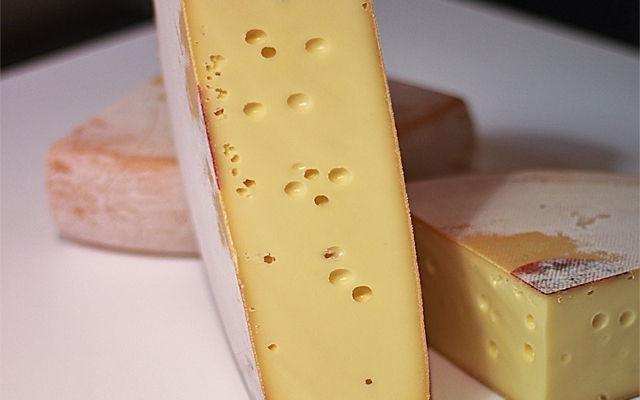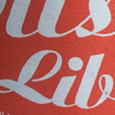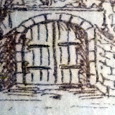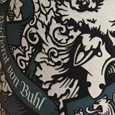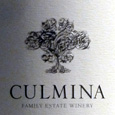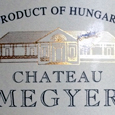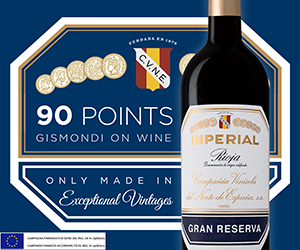In deepest, darkest winter it is the perfect time to stay home and have a relaxed raclette dinner.
Plan a get together with friends and everyone can help themselves. There’s not too much work for you to do and not too much preparation, which sounds pretty great for a rainy Vancouver evening. Raclette is a very social meal, and for many of us it is not something we’ve done often, if ever.
Raclette is actually the cheese name as well as the name of the dish. The word Raclette comes from the French word “racler”, to scrape. Traditionally the cheese would be melted over the open fire with the warmed portion being scraped onto a plate of small boiled potatoes. Some variation of this dish is very common all over Switzerland, as well as in France’s mountainous eastern side. I’m not going to say where the origins come from exactly, because I have equally nice French and Swiss customers!
Raclette is a washed rind cheese, and it has a springy touch to the paste. The rind is typical of the type, so it has a slightly stronger taste and mildly gritty texture. The paste can be totally smooth or dappled with small holes; it really just depends on the origin and the maker.
Although originally it might have been heated over a roaring fire, you don’t need a fireplace to have it now. Most people use a grill machine that has a spot for six or eight diners to melt some cheese, and then a grill on the top to cook some vegetable or meats to accompany. This is where the complicated, or easy, part comes in. I usually just have the cheese, small boiled potatoes and some cornichons to accompany it. I think this is pretty typical in Switzerland if you have it there, with perhaps the addition of some sliced air-dried beef. However, you can have it with numerous other things: sautéed mushrooms are tasty, and grilled asparagus or peppers work nicely. Many people like some protein to go alongwith, and in that case, sausages, slivered beef or prawns are popular choices.
For heating up the cheese you cut it in a thick slice. There is no need to trim the crust off the slice either, because when you heat the Raclette the crust gets all crispy and adds a great texture to the dish, providing that indescribable ‘je ne sais quoi’. Typically served with a Swiss fendant or a white wine from Savoie, a dry riesling or Sancerre is also great. Of course beer works beautifully too.
Choose the next bleak February day and even if you haven’t been skiing, pretend you have, so you can enjoy the prefect après ski meal of a comforting, delicious, warming Raclette dinner.
Treve recommends these recently tasted wines with your Raclette:

 quicksearch
quicksearch

